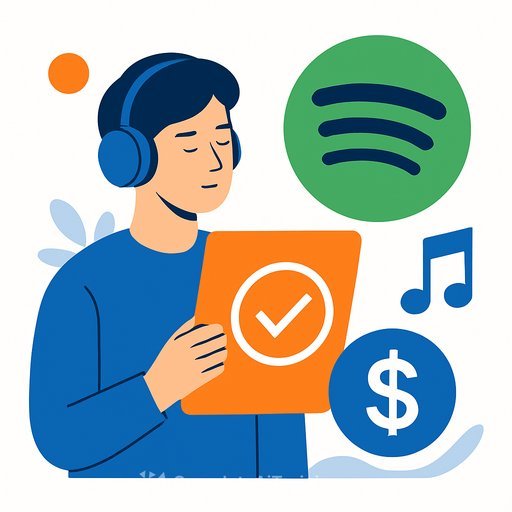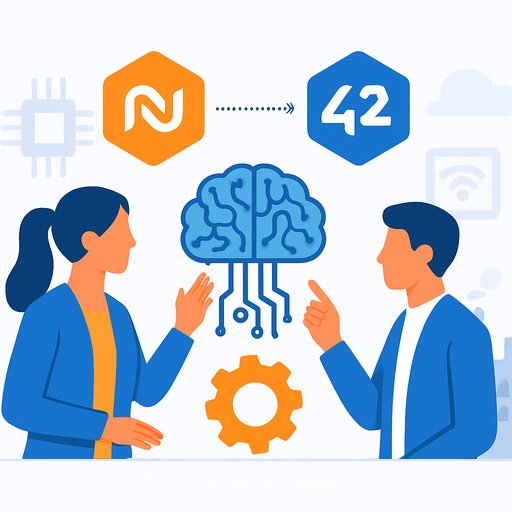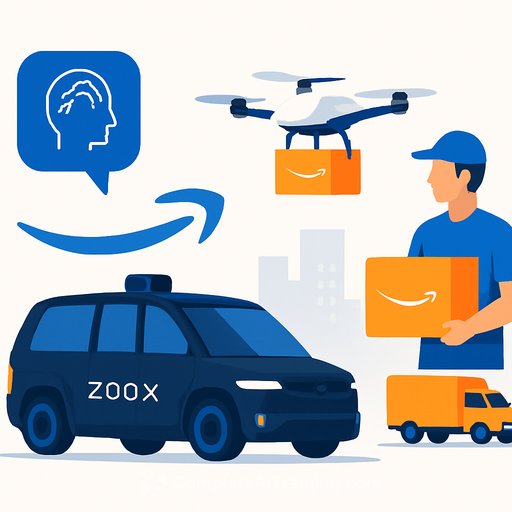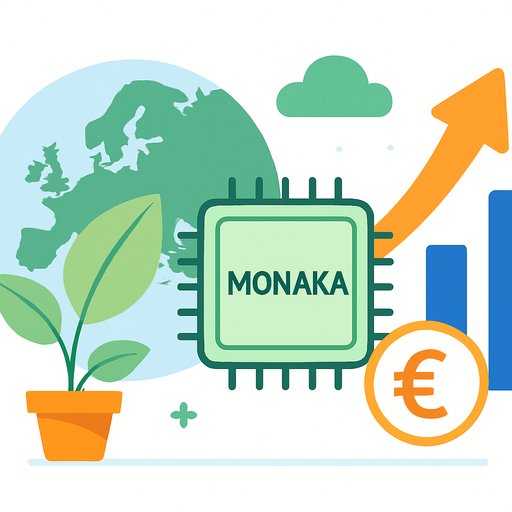Spotify strikes AI product deals with Sony, Universal, Warner: what product teams should do next
Spotify is partnering with Sony Music Group, Universal Music Group, Warner Music Group, Merlin, and Believe to build AI products with clear rights, consent, and compensation. The goal is simple: serve artists and songwriters first while giving fans better ways to connect.
This is a signal for how AI will be built in music: upfront agreements, opt-in participation, transparent crediting, and new revenue streams. Spotify is also reaffirming that copyright and musicians' rights are non-negotiable.
Who's involved and what's on the table
Spotify's collaboration spans the largest labels and key distributors, with plans to add more rightsholders over time. The company has already used generative AI in fan-facing features like AI DJ, daylist, and AI Playlist, and now it's formalizing how future products will respect creators at the source.
Spotify's stance is direct: if music doesn't lead here, others will build without consent or payment. This deal structure is an attempt to set the rules-and the rails-for product development.
The four rules every product must follow
- Upfront agreements: Build with label, publisher, and distributor partnerships in place-not as an afterthought.
- Choice in participation: Artists and rightsholders choose if and how their work is used by AI tools.
- Fair compensation and credit: New products must create new revenue and visible attribution for the work used.
- Artist-fan connection: AI augments creative output and fan engagement-it doesn't replace human artistry.
Implications for product development
- Consent-first design: Build opt-in flows for artists and catalogs, with granular settings (use cases, geos, time windows).
- Rights-aware data pipelines: Source, store, and tag training and inference inputs with enforceable licenses and revocation paths.
- Attribution by default: Surface credits and contribution lineage in UI and APIs; make it portable to partners.
- Monetization rails: Link usage to payouts in near real time; support new product SKUs (voice models, stems, prompts, fan drops).
- Safety and brand controls: Guardrails for voice likeness, disallowed content, and spam; clear reporting and takedown flows.
Opportunity areas to ship
- Consent and rights dashboard: A unified place for artists/labels to set permissions, pricing, and model inclusion.
- Attribution layer: Track which works shape outputs; show credits in player, playlist, and creation tools.
- Licensed model endpoints: Offer "rights-cleared" models for remixing, stems, and style transfer with usage-based billing.
- Fan co-creation tools: Safe remix, AI-assisted playlists, and voice-over intros that route revenue to contributors.
- Abuse prevention: Voice likeness protection, watermark detection, and reference-audio gating at upload and inference.
Technical and governance requirements
- Provenance and audit: Track data origin, consent state, and versioning; keep immutable logs for disputes.
- Model hygiene: Separate licensed vs. unlicensed corpora; support data deletion and model unlearning where required.
- Content authenticity: Apply watermarking and provenance tags on generated audio and metadata.
- Evaluation kit: Red-team for voice cloning, bias, and content policy breaches before any wide release.
KPIs to watch
- Artist opt-in rate by label and segment; consent churn.
- Revenue per participating work and payout latency.
- Attribution coverage and accuracy.
- Fan engagement: time listened, saves, shares, creator participation.
- Policy incidents: takedown rate, model misuse reports, false positives.
- Performance: inference cost per minute, latency, and QoS under load.
Rollout strategy
- Pilot with select catalogs: Limited genres and markets, tight feedback loops with artists and product councils.
- Rights-first gates: No feature ships without consent coverage and payout wiring.
- Transparent comms: Clear user and creator messaging on what's AI-assisted, who's credited, and how revenue flows.
- Stage-gate releases: Private beta → artist beta → geo-limited launch → global.
Context: existing AI features
Spotify cites features that already connect fans and artists through generative systems, including its AI DJ, daylist, and AI Playlist. These are early proofs that fan-facing AI can work with clear rights and attribution.
For background on DJ, see Spotify's announcement here: Introducing DJ. For broader updates, watch the Spotify Newsroom.
What to do this quarter
- Draft a consent and attribution spec with your legal and data teams.
- Prototype a rights-aware inference pipeline with synthetic and licensed test sets.
- Define payout logic and reporting APIs so finance can reconcile per usage event.
- Run an artist advisory session to validate incentives, controls, and UI language.
If your team is building AI features and needs structured upskilling, explore role-based learning paths: AI courses by job.
Your membership also unlocks:






